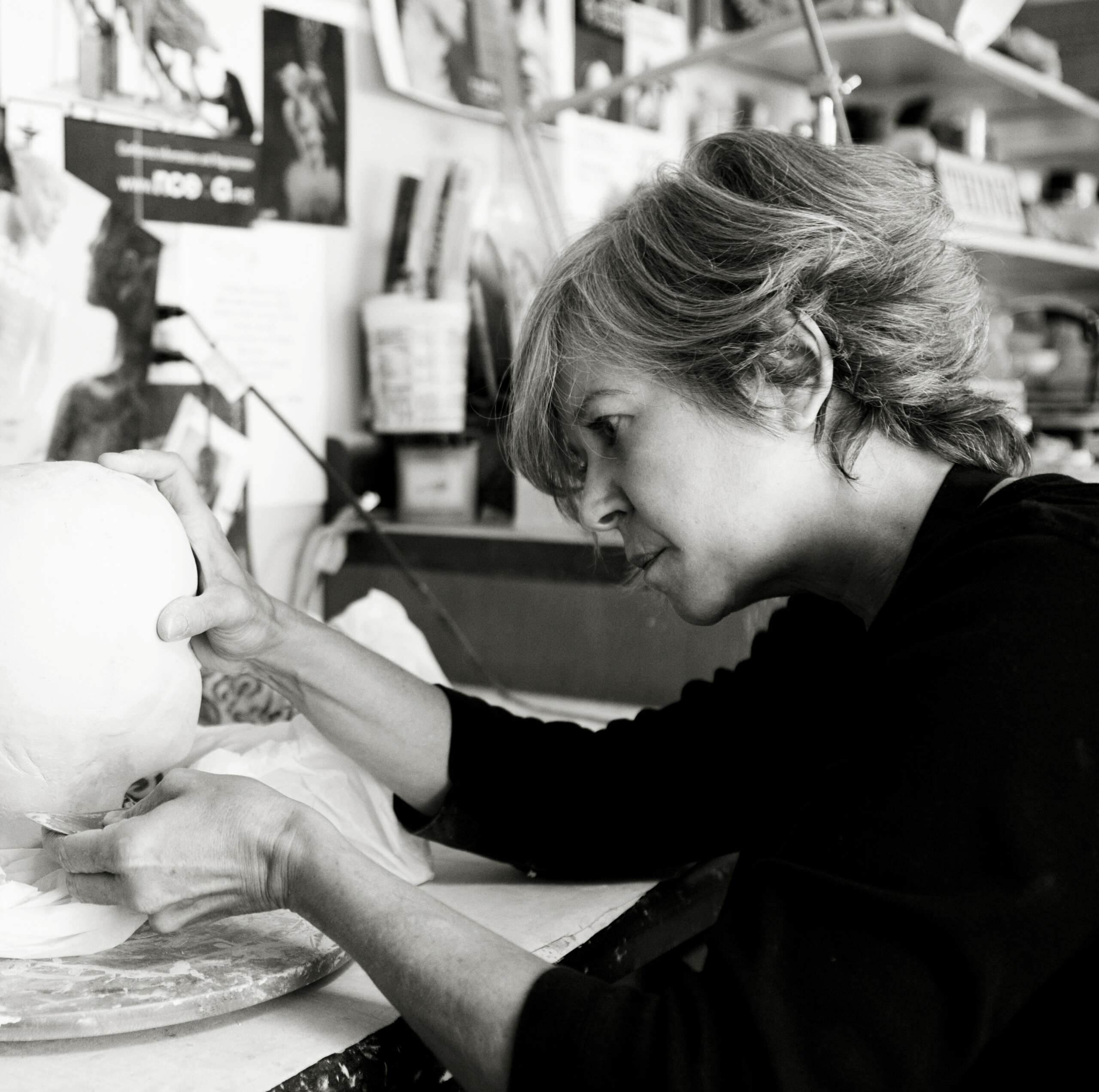We caught up with the brilliant and insightful Constance McBride a few weeks ago and have shared our conversation below.
Constance, looking forward to hearing all of your stories today. Can you talk to us about a project that’s meant a lot to you?
Work on the project “The Lonely Girls” began after my mother was diagnosed with Alzheimer’s disease and moved from her home to an assisted living facility. Between 2011 and 2013, creating one Lonely Girl eventually led to creating seven. Years later, in the middle of the pandemic, I decided to revisit the series. Watching my mom navigate her remaining years while living with the disease coupled with statistics indicating among other things that women with dementia outnumber men two to one, created a sense of urgency in me to make more. Between 2021 and 2023 I made another seven. I think I was always planning to come back to them. Realizing a sense of belonging is crucial, but not always easy to come by. It’s difficult for women throughout their lives but becomes especially difficult once an illness prevents them from engaging in society as usual. When that illness is dementia, it’s nearly impossible. Of the 6.2 million people with Alzheimer’s disease who are age 65 or older in this country, almost two-thirds are women. Women in their 60s are more than twice as likely to develop Alzheimer’s disease over the rest of their lives as they are to develop breast cancer.
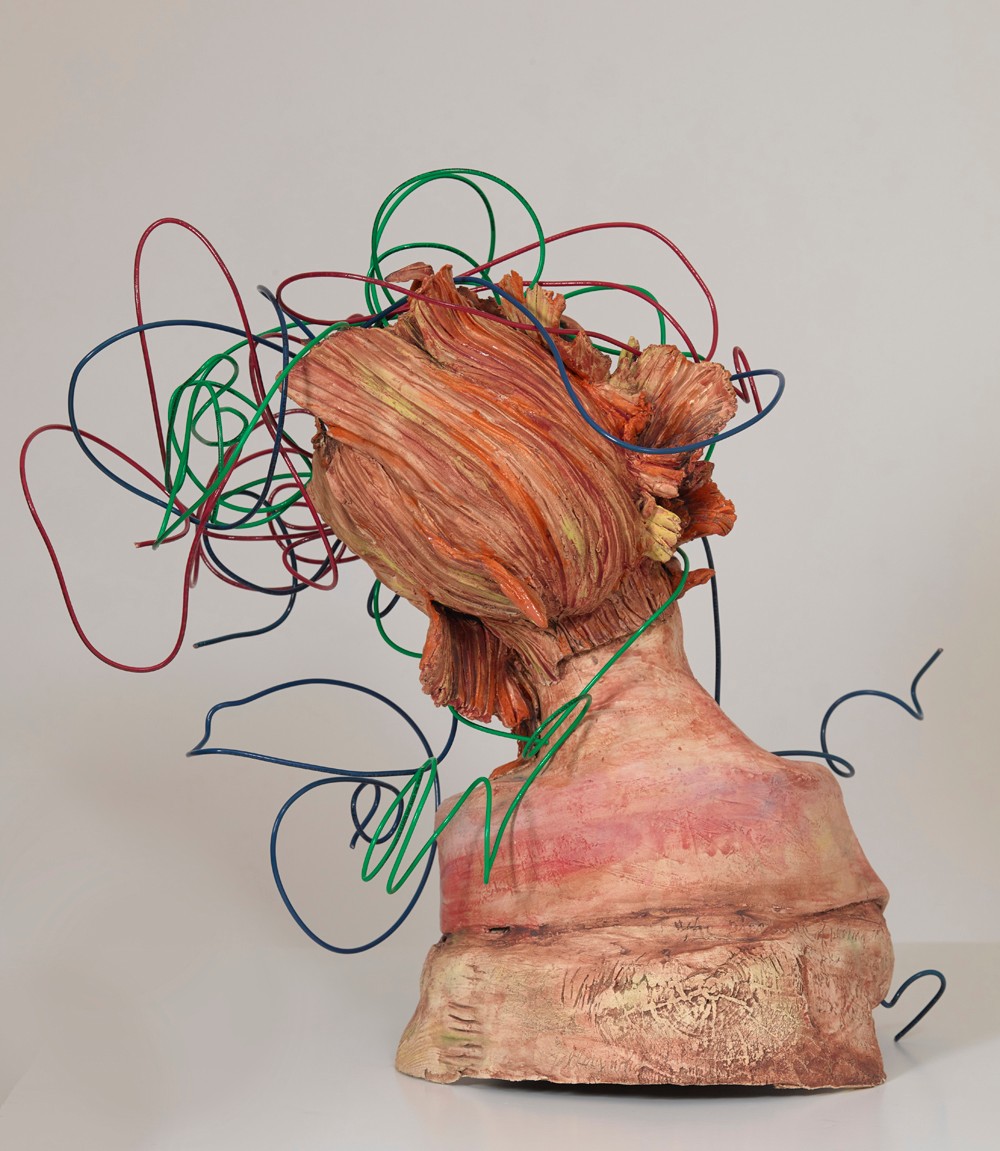
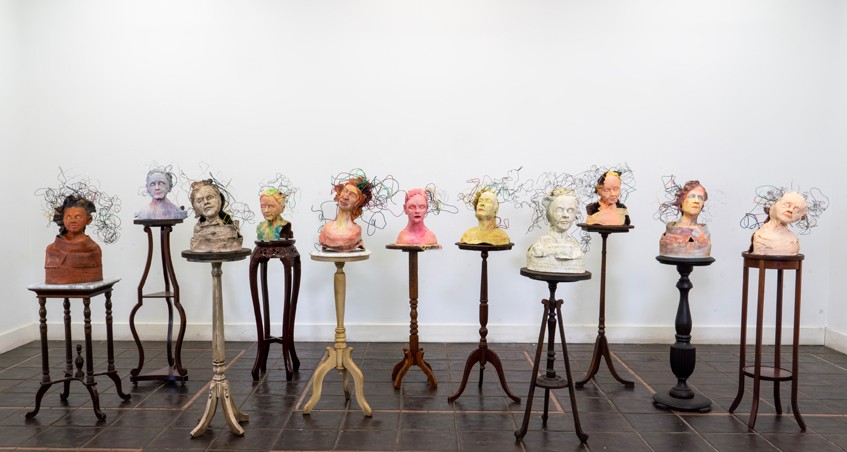
Constance, love having you share your insights with us. Before we ask you more questions, maybe you can take a moment to introduce yourself to our readers who might have missed our earlier conversations?
Sure, my work throws light on the complex issues experienced by most women. And like most women, I’ve had firsthand experience with all of it; from finding my way as a young single mother to having spent a large chunk of my adult years in a male dominated corporate world, to navigating the art world later in life. My uncompromising figures are informed by these matters. I try to create deliberate parallels between my materials and how women are treated in society. I often use clay—a medium historically excluded from the fine art world—to illustrate how age is explicitly linked to failure for women. My sculpted pieces are hand built and sometimes include bits of metals, wires, nature or even fabric. I like to apply surface treatments like graphite, pastels, stains and wax to emphasize the characteristics of living, breathing skin. I typically display my figures alone on plinths or hung on walls to create an intimate viewing experience, or as part of larger installations—interacting with collages, paintings, and other related works to foster an immersive environment.


Let’s talk about resilience next – do you have a story you can share with us?
I gave up making any serious art for a long time. I worked in the corporate world for over 25 years in order to make a living while raising children. I traveled during my business career, making it hard to commit to an art practice. In the later years I often felt like I was in the air more than I was on the ground. But I never gave up the dream. I kept my hand in being creative as much as possible until I was able to begin again and get serious. It happened. Fast forward to now and I’ve been a working artist for 18 years.
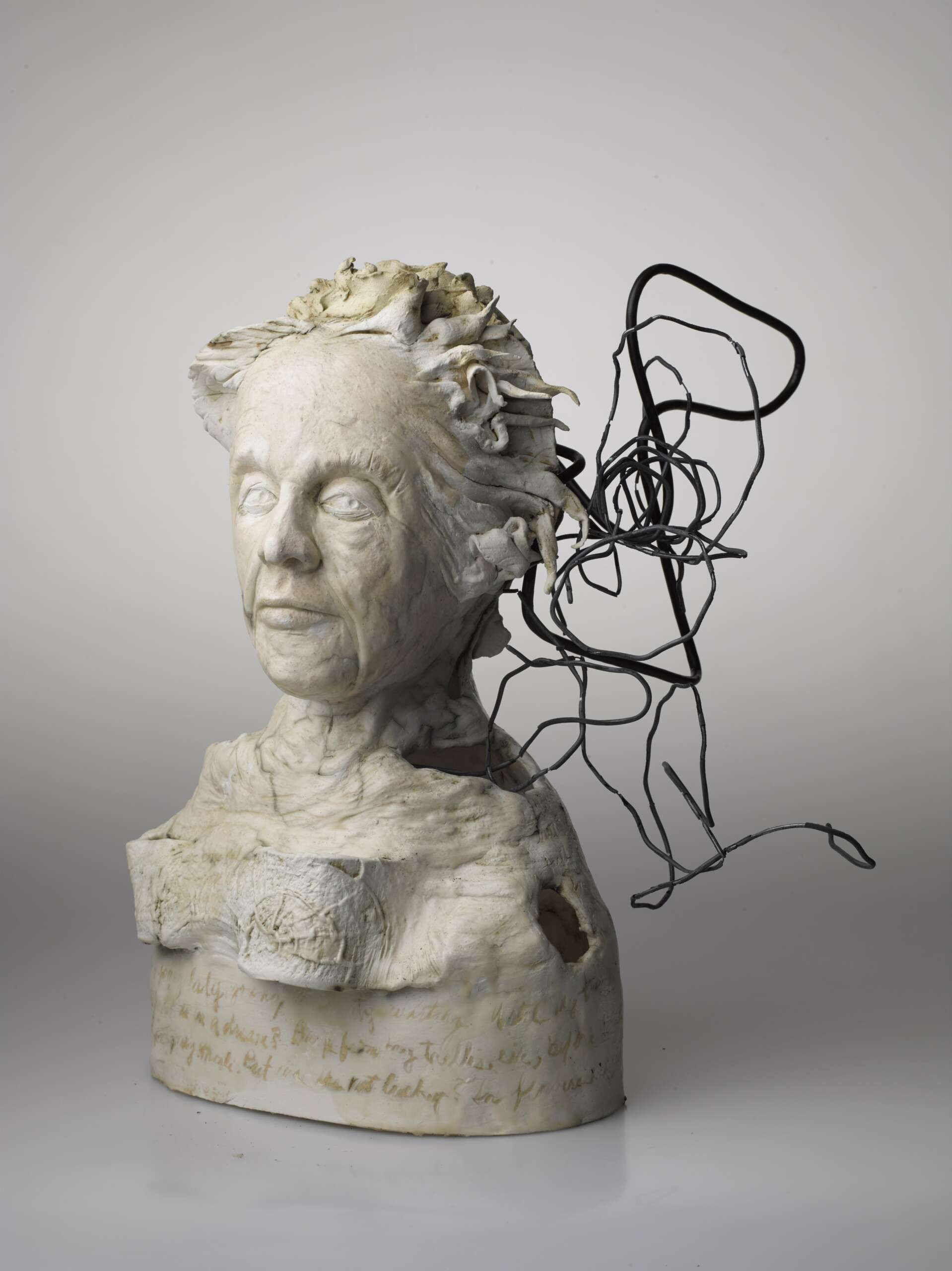

For you, what’s the most rewarding aspect of being a creative?
My path to art was circuitous, it’s taken a long time to get to now, a time when I can be an artist full time and I am realizing how this has impacted my approach and my themes. I am grateful every day for the opportunity to do what I love. I realize many people never get the chance. The work continues to evolve as I consider ways I am being influenced by it. I’m energized by making art. And I’m inspired by teaching art. Especially when working with seniors in nursing homes and/or with memory care groups. I enjoy working on a variety of projects in my community while forming relationships with other artists. From time to time, I host a local radio show about art. Engaging in all of these areas of my practice gives me great joy.
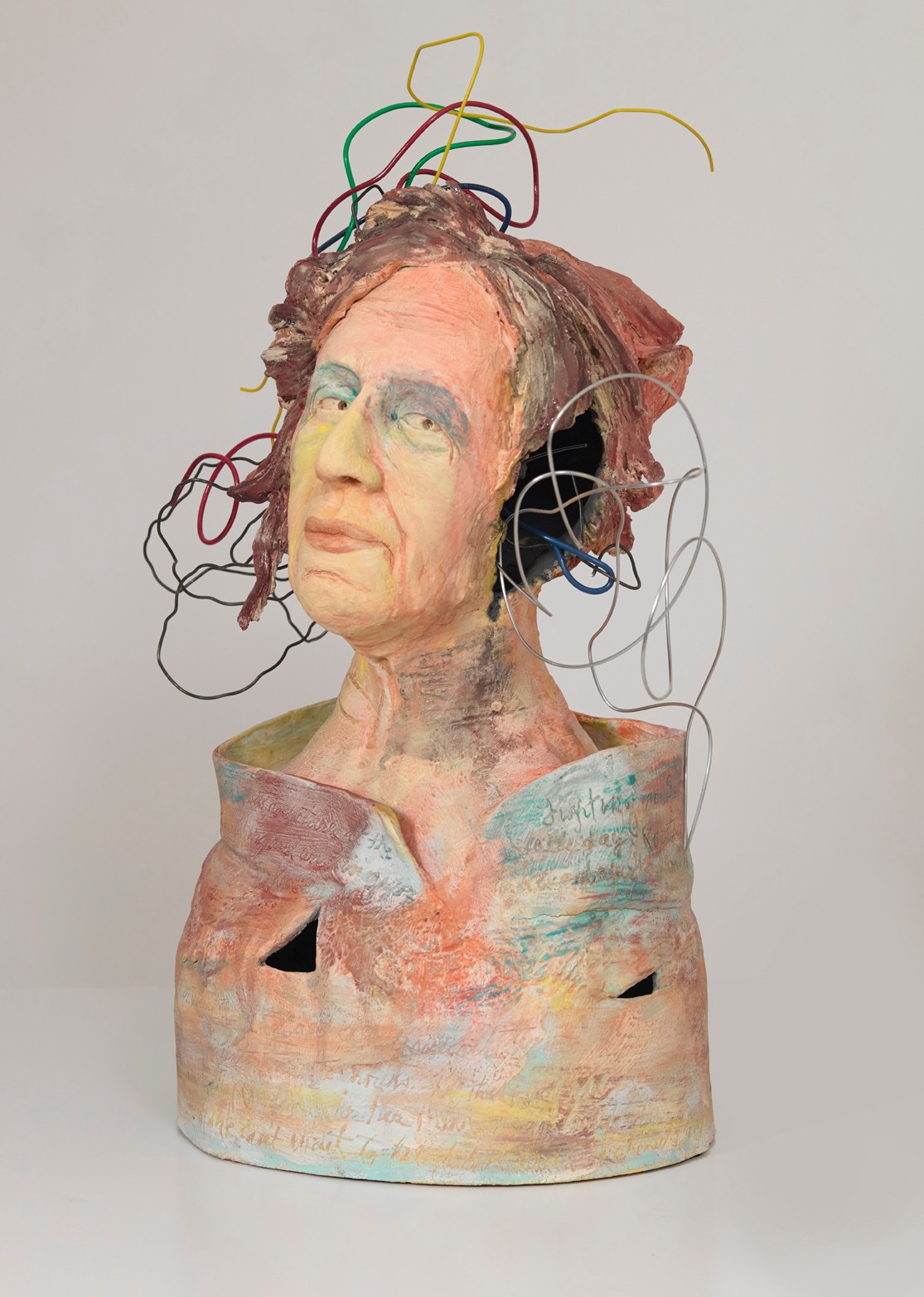

Contact Info:
- Website: http://constancemcbride.com
- Instagram: https://www.instagram.com/constancemcbride_art/
- Facebook: https://www.facebook.com/mcbridecon/
- Other: https://archive.org/details/@cmcbride_art
Image Credits
Suzie Barber Rick Davis William Johnson


